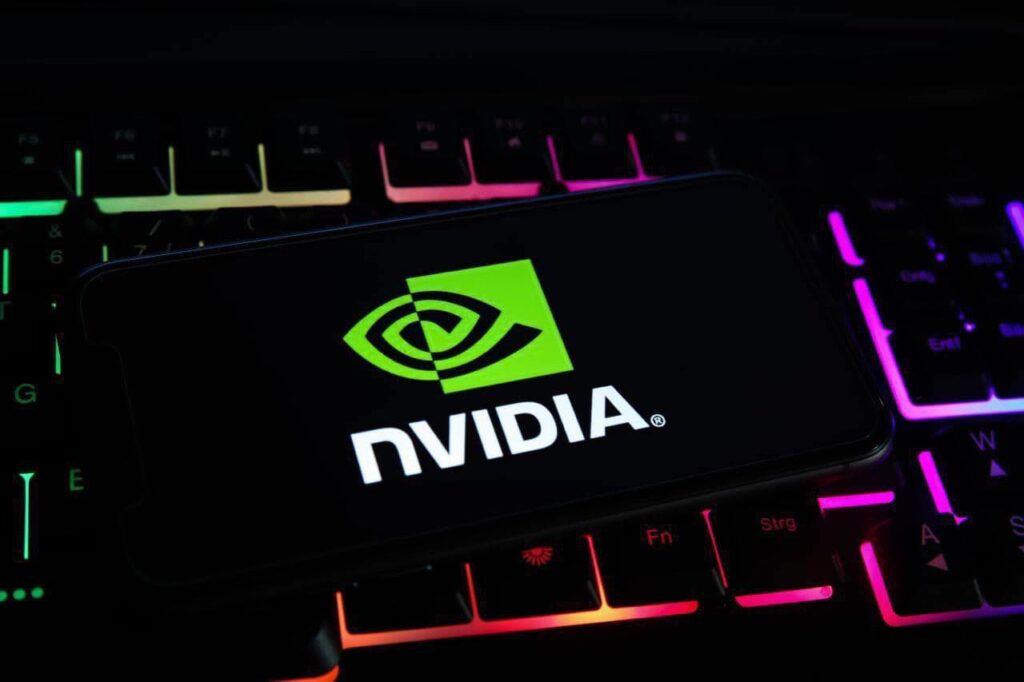Nvidia’s (NASDAQ: NVDA) bruising run in 2025, down 26% year-to-date, could see a reprieve in May if historical patterns hold.
The semiconductor giant is facing persistent price volatility amid ongoing uncertainty from the Trump-era trade tariffs.
Despite efforts to hold above the key $100 support level, the stock slipped below the threshold in premarket trading on April 21, down more than 3% to $97. This follows a nearly 3% decline in the April 17 session, where it closed at $101.49.

Nvidia stock’s rebound month
Now, charting platform TrendSpider’s seasonality analysis signals May as a potential breakout month for Nvidia stock. Historically, it has been NVDA’s strongest month over the past decade, with an 80% win rate and an average gain of 15%.

In contrast, months like April and November show weaker historical performance, with win rates of just 37% and 42%, respectively. This consistent May outperformance offers a hopeful signal for investors eyeing a rebound.
Despite being caught up in the broader tech sector downturn, Nvidia has been further impacted by recent tariff tensions, particularly with the U.S. imposing new restrictions on high-performance H20 chips exported to China.
These export controls, part of broader efforts to limit China’s access to advanced semiconductor technology, are likely to impact Nvidia’s revenue stream, as China has historically been a major market for the company.
However, Nvidia’s shrinking exposure to China may help ease geopolitical risks and support long-term stock stability. A $500 billion U.S. investment in domestic chip manufacturing, driven by the CHIPS Act, positions the firm for future growth.
To counter the possible fallout from the trade tensions, Nvidia is shifting production stateside, building Blackwell chips and AI supercomputers in Arizona and Texas. Still, export restrictions and licensing hurdles could lead to a $5.5 billion Q1 charge, with analysts skeptical of near-term regulatory approval.
Wall Street turns bearish on NVDA stock
With the H20 China ban emerging, Wall Street has increasingly turned bearish on the tech titan. Piper Sandler analyst Harsh Kumar lowered his 12-month price target for Nvidia from $175 to $150, though he maintained an ‘Overweight’ rating. He cited weaker demand from China and H20 export ban, despite the chip being designed to meet U.S. controls.
Raymond James’ Srini Pajjuri also reduced his target from $170 to $150 while reiterating a ‘Strong Buy’ rating. While China accounts for about 14% of Nvidia’s sales, Pajjuri noted that the restrictions weren’t entirely surprising and believes that much of the risk is already priced in.
Featured image via Shutterstock








